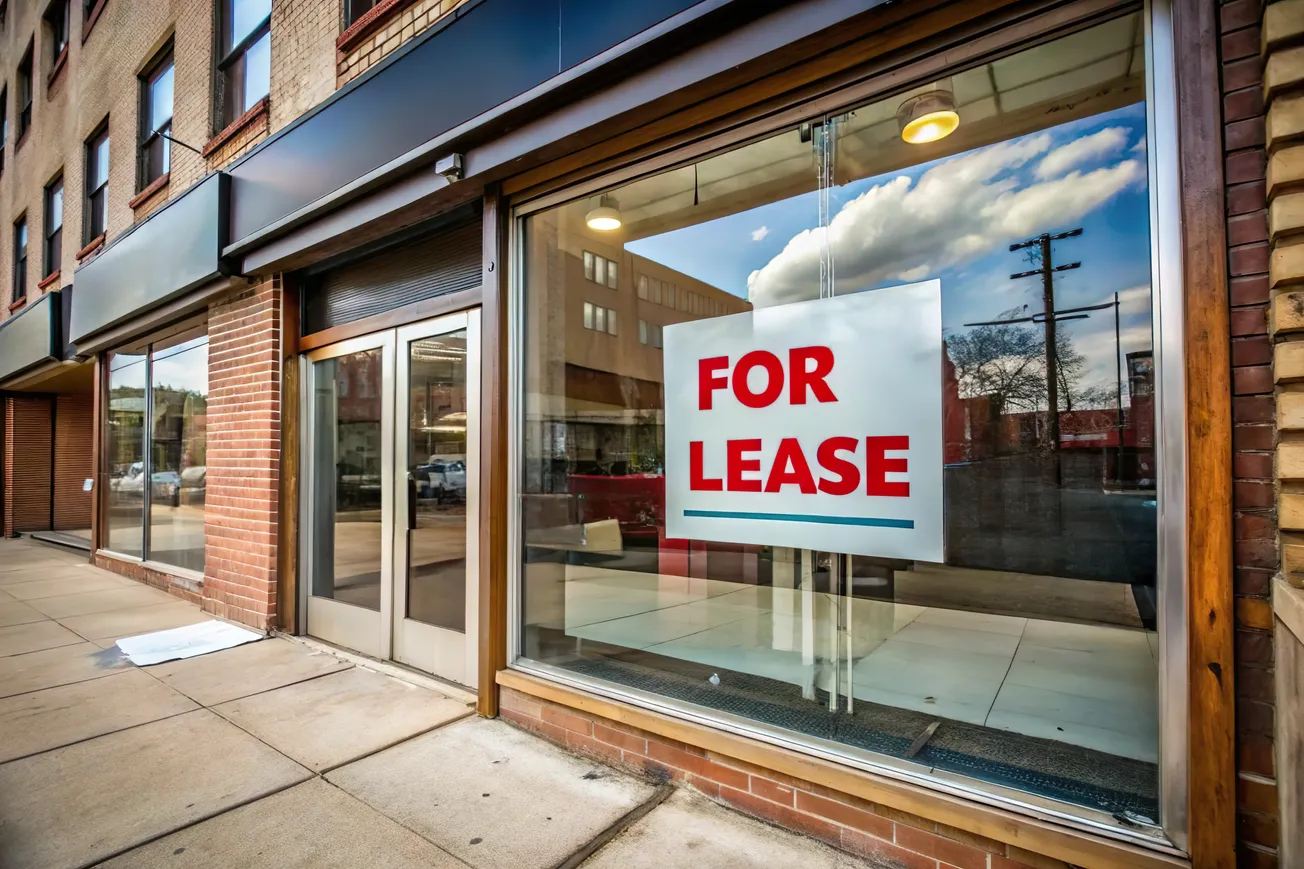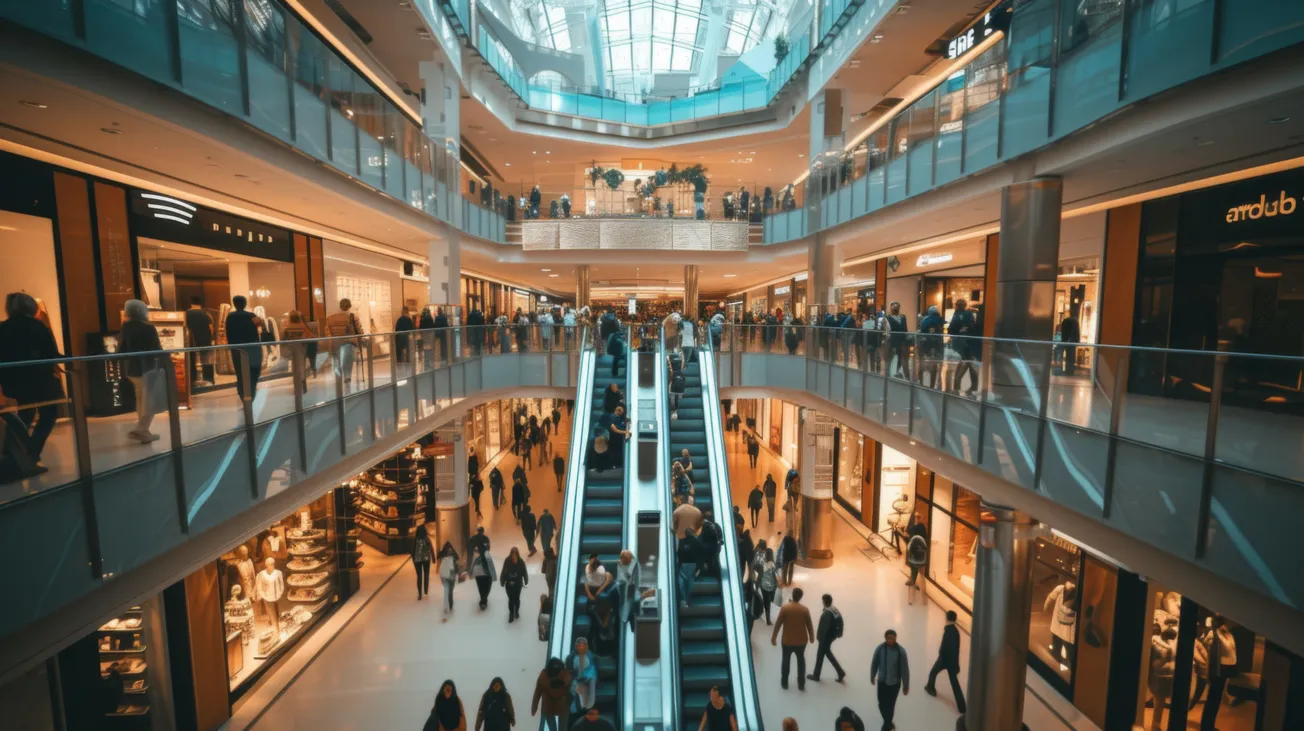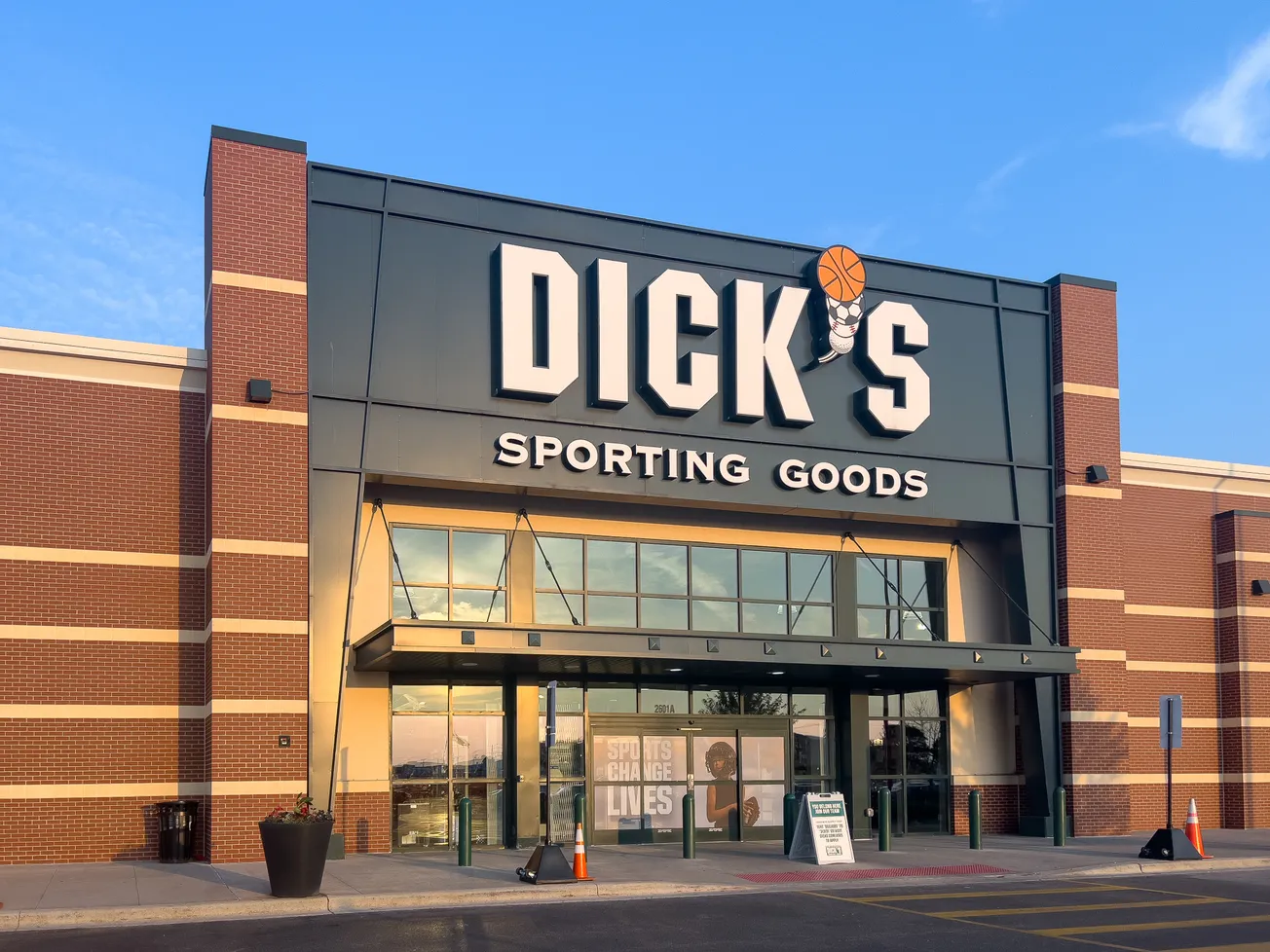Used is the new new.
The resale market for apparel, footwear, and accessories has emerged as a significant force in the fashion industry, reshaping how consumers shop and how retailers operate.
As of 2022, the global resale market is estimated to be worth between $100 billion and $120 billion, with projections indicating that this could nearly double to $350 billion by 2027.
A blend of economic, environmental, and social factors is driving this shift, making secondhand shopping a mainstream choice for a wide range of consumers.
The resale sector has witnessed explosive growth over the past few years, particularly during and after the COVID-19 pandemic. As consumers faced economic uncertainty, they turned to secondhand markets as a way to save money while still accessing quality products. According to thredUP’s 2023 Resale Report, over half of U.S. consumers purchased secondhand apparel in 2022, with the global secondhand market poised for continued growth.
Value remains a primary driver for consumers entering the secondhand market. With inflation affecting household budgets, many consumers are opting to buy pre-owned items to maintain access to their favorite brands and styles without the premium price tag.
But economic considerations are only part of the story. Environmental concerns, particularly among younger generations, have fueled the rise of secondhand shopping as well. More than 60% of Millennials and Gen Z consumers believe that buying secondhand can reduce their carbon footprint. This emphasis on sustainability has encouraged many to turn away from fast fashion and embrace a more circular economy in fashion.
Recognizing the consumer shift towards sustainability and affordability, established brands have entered the resale market, launching initiatives to keep up with new consumer demands. Guess, for example, launched its "GUESS Again" program, which allows customers to trade in used items for discounts on new purchases. This program, in collaboration with SuperCircle, is part of a broader effort by Guess to reduce its environmental impact while engaging consumers in a circular economy.
Similarly, Levi’s has introduced its "SecondHand" platform, where it buys back worn jeans, refurbishes them, and sells them on a dedicated resale site. The initiative appeals to consumers who value the longevity and quality of Levi’s denim, offering them a more sustainable and budget-friendly option. Patagonia’s "Worn Wear" program has become a model for other brands, promoting a repair-and-resell model that aligns with its commitment to reducing waste and extending the life cycle of its outdoor gear.
These initiatives reflect a broader trend among retailers to integrate resale into their core strategies. A survey by thredUP revealed that 86% of retail executives noted their customers were already participating in resale markets, and 82% of retailers offering resale options expected a positive return on investment. Retailers have recognized that engaging in the resale market not only attracts budget-conscious shoppers but also enhances brand loyalty by aligning with consumers’ values around sustainability.
While traditional retailers have made significant strides in the resale space, startups have played a pivotal role in creating the infrastructure that makes secondhand shopping accessible and attractive. Platforms like thredUP, The RealReal, and Poshmark have revolutionized how consumers buy and sell used clothing online. These companies have streamlined the resale process, offering easy-to-use interfaces and services like authentication for luxury items.
Vestiaire Collective, founded in 2009, has positioned itself as a leader in the luxury resale market, focusing on high-end fashion and offering rigorous authentication processes. This platform allows consumers to buy and sell pre-owned luxury goods with confidence, catering to a market segment that values both quality and the prestige of branded fashion. Vestiaire’s model has proven successful, particularly as more consumers seek to balance their desire for luxury items with a commitment to sustainable shopping practices.
Other platforms, such as Depop, have embraced a more community-oriented approach, particularly appealing to Gen Z shoppers. Depop combines social media-like features with a marketplace, allowing users to follow sellers, create profiles, and curate their own shops. This social aspect has helped Depop build a loyal user base, where young consumers seek unique and vintage styles while maintaining a sense of community.
These platforms have expanded the reach of the secondhand market, creating a dynamic ecosystem where buyers and sellers connect over shared values and interests. The competitive landscape among resale platforms has also driven innovation, with each platform offering unique services and approaches to attract different segments of the market.
The motivations driving consumers toward secondhand shopping have evolved beyond mere affordability. While cost savings remain a significant factor, other aspects, such as sustainability, the thrill of finding unique items, and access to discontinued or vintage styles, are becoming increasingly influential. Younger generations, in particular, are driving this change, with Gen Z playing a crucial role in the growth of the resale market.
Research indicates that over 80% of Gen Z consumers consider the resale value of items before purchasing them new. This focus on resale value reflects a broader trend towards viewing fashion as an investment rather than a disposable good. For many in this demographic, secondhand shopping has become a lifestyle choice, tied closely to their environmental consciousness and desire for self-expression.
In addition to sustainability, the "treasure hunt" aspect of secondhand shopping appeals to consumers who enjoy finding one-of-a-kind pieces that cannot be found in traditional retail stores. This sense of discovery is particularly evident on platforms like Poshmark and Depop, where users browse through a wide range of unique listings, from vintage graphic tees to high-end designer bags.
Alongside traditional resale, rental and subscription services are emerging as an alternative for consumers who seek variety without the commitment of ownership. Companies like Rent the Runway and Nuuly by Urban Outfitters have tapped into this desire for newness, offering subscription models that allow consumers to rent a rotating selection of clothing. This approach is particularly appealing to those who want to refresh their wardrobes regularly without contributing to the waste associated with fast fashion.
Rent the Runway has positioned itself as a leader in the rental market, providing access to high-end fashion for special occasions or everyday use. It allows consumers to experience luxury fashion at a fraction of the retail price, offering an affordable and sustainable alternative to traditional retail purchases.
Nuuly, Urban Outfitters' subscription service, allows subscribers to rent multiple items each month for a flat fee, appealing to those who want to experiment with new styles without the long-term commitment. These models align with the broader trend of "fashion as a service," offering consumers flexibility while reducing the environmental impact of clothing production.
Despite its rapid growth, the resale market faces several challenges. For retailers, managing the logistics of resale, including inventory management, authentication, and quality control, can be complex. Ensuring the authenticity of luxury items, for instance, is crucial for platforms like The RealReal and Vestiaire Collective, as consumer trust hinges on their ability to verify the legitimacy of secondhand goods.
However, the potential for positive ROI and the ability to tap into a new customer base make resale an attractive opportunity for many brands. The thredUP survey found that 58% of retail executives view offering resale as essential for remaining competitive.
This has led to partnerships between traditional retailers and resale platforms, such as Madewell’s collaboration with thredUP, where consumers can trade in used items for store credit, seamlessly integrating secondhand shopping into the brand's existing offerings.
Moreover, the resale market offers a way for brands to meet investor demands around environmental, social, and governance criteria. As more consumers prioritize sustainability, investors are increasingly scrutinizing companies for their efforts to reduce waste and promote responsible consumption. By participating in the resale market, brands can position themselves as leaders in sustainability while satisfying both consumer and investor expectations.
The continued growth of the resale market highlights a broader shift in the fashion industry, where sustainability and circularity are becoming key drivers of consumer behavior. As the market for secondhand goods expands, both established retailers and startups are finding ways to adapt, creating a more dynamic and diverse retail landscape.
From major brands like Guess and Levi’s to innovative platforms like thredUP and Vestiaire Collective, the rise of resale is redefining how consumers think about fashion. By offering affordable, sustainable, and stylish alternatives to new purchases, the resale market is not only meeting current consumer needs but also setting the stage for a more sustainable future in retail.









